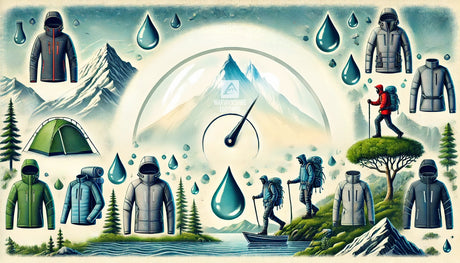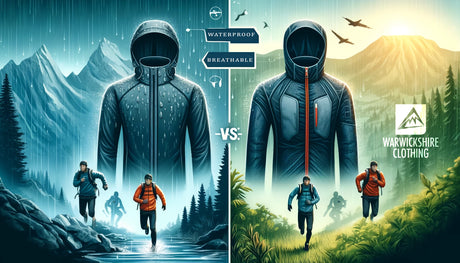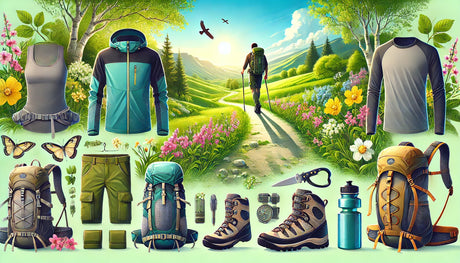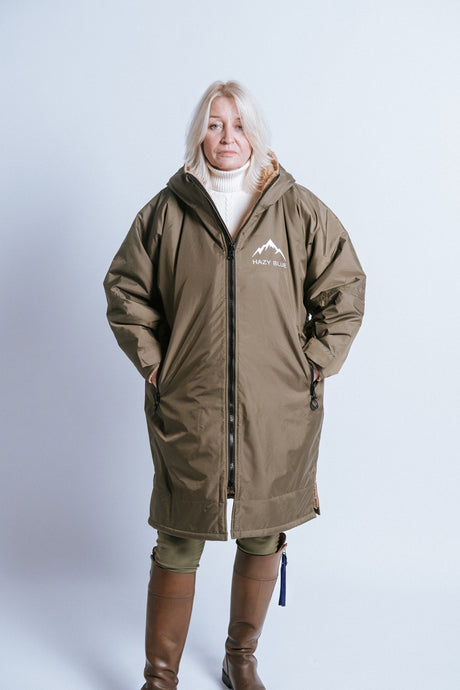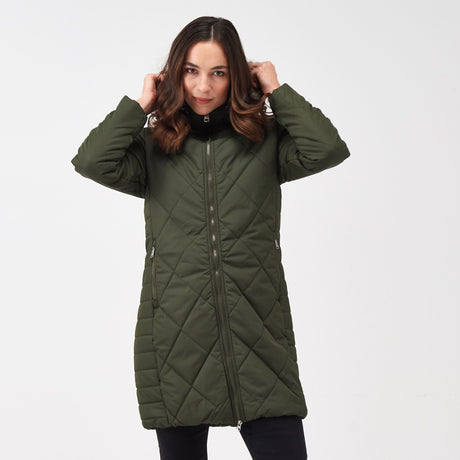When selecting outdoor gear, understanding waterproof ratings is crucial to ensure you stay dry and comfortable in various weather conditions. Waterproof ratings can be confusing, but they are essential for determining the effectiveness of a garment's water resistance. This guide will explain the technical aspects of waterproof clothing and how to interpret these ratings to choose the right gear for your needs.
What Are Waterproof Ratings?
Waterproof ratings measure a fabric's ability to resist water penetration. These ratings are typically expressed in millimeters (mm) and refer to the height of a column of water that the fabric can withstand before it starts to leak. The higher the number, the more waterproof the fabric is considered to be.
How Waterproof Ratings Are Tested
The most common method for testing waterproof ratings is the hydrostatic head test. In this test, a column of water is applied to the fabric, and the height at which water starts to penetrate the fabric is measured in millimeters. For example, a rating of 10,000 mm means the fabric can withstand a 10-meter column of water before leaking.
Common Waterproof Ratings and Their Implications
- 0 - 5,000 mm (Water-Resistant): Suitable for light rain or drizzle. These fabrics offer basic protection and are often used in everyday jackets and casual wear.
- 5,000 - 10,000 mm (Waterproof): Provides adequate protection for moderate rain and snow. Suitable for general outdoor activities like hiking and camping.
- 10,000 - 20,000 mm (Highly Waterproof): Ideal for heavy rain and wet snow. These fabrics are commonly used in high-performance outdoor gear for activities like mountaineering and skiing.
- 20,000 mm and above (Extremely Waterproof): Offers the highest level of protection, suitable for extreme conditions and prolonged exposure to heavy rain or snow. Often used in professional-grade gear for intense outdoor activities.
Breathability and Its Importance
While waterproof ratings are crucial, breathability is equally important for comfort. Breathable fabrics allow moisture vapor (sweat) to escape, preventing the buildup of condensation inside the garment. Breathability is typically measured in grams of moisture vapor transmitted per square meter of fabric over 24 hours (g/m²/24hrs).
Balancing Waterproofing and Breathability
High waterproof ratings often come at the expense of breathability. Therefore, it's essential to find a balance based on your activity level and the weather conditions you'll encounter. For high-intensity activities like running or cycling, prioritize breathability. For activities in wet conditions, prioritize higher waterproof ratings.
How to Choose the Right Gear
Consider Your Activity
- Hiking and Backpacking: Look for jackets with a waterproof rating of 10,000 - 20,000 mm and good breathability to handle changing weather conditions and varying levels of exertion.
- Skiing and Snowboarding: Opt for gear with high waterproof ratings (15,000 mm and above) and moderate breathability to protect against snow and keep you comfortable during intense activity.
- Casual Use: For everyday wear or short walks in light rain, a water-resistant jacket with a lower rating (5,000 - 10,000 mm) is usually sufficient.
Check Additional Features
- Seam Sealing: Fully sealed seams prevent water from seeping through stitching holes. This feature is critical for ensuring the overall waterproof performance of the garment.
- Zippers and Vents: Waterproof zippers and underarm vents enhance the jacket's functionality, providing additional protection and ventilation.
- Hood Design: An adjustable, well-fitted hood can make a significant difference in keeping you dry, especially in heavy rain.
Top Recommendations
- Regatta Isotex 10,000 Jacket: Offers a balanced combination of waterproofing and breathability, ideal for hiking and general outdoor use.
- Berghaus Paclite 2.0 Jacket: Lightweight with a high waterproof rating, perfect for backpacking and travel.
- The North Face Apex Flex GTX Jacket: High-performance jacket with Gore-Tex technology, suitable for intense outdoor activities in harsh conditions.
Conclusion
Understanding waterproof ratings and how to interpret them is essential for selecting the right outdoor gear. By considering your specific needs and the conditions you'll face, you can choose a jacket that keeps you dry, comfortable, and ready for any adventure. Explore our range of high-quality waterproof jackets at Warwickshire Clothing to find the perfect gear for your next outdoor excursion.
Shop Now
Discover the best waterproof and breathable jackets at Warwickshire Clothing and stay prepared for any weather!



